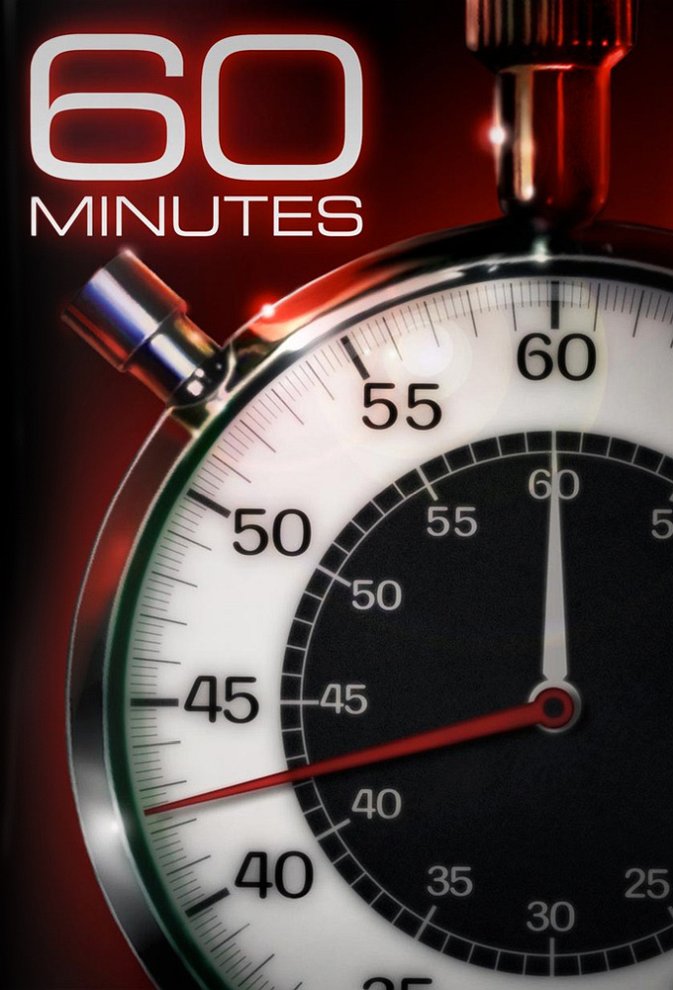
The Origin of the Hour
The hour is a fundamental unit of time that has been used for centuries. It is believed that the ancient Egyptians were the first to divide the day into 12 parts, which were called "seasons". These seasons were later divided into 60 minutes, and the minute was divided into 60 seconds.

The Babylonians and the Sexagesimal System
The Babylonians, who lived in Mesopotamia around 2000 BC, also used a base-60 system. This system, known as the sexagesimal system, was used for counting and measuring. The Babylonians divided the circle into 360 degrees, each degree into 60 minutes, and each minute into 60 seconds. This system was later adopted by the Greeks and the Romans.

The Influence of the Roman Empire
The Roman Empire played a major role in the development of the hour as we know it today. The Romans divided the day into 24 hours, each hour into 60 minutes, and each minute into 60 seconds. This system was used throughout the Roman Empire and eventually spread to other parts of the world.

The Development of Clocks
The development of clocks also played a role in the standardization of the hour. The first mechanical clock was developed in Europe in the 14th century. These early clocks had only one hand and were used primarily in churches to regulate the times of religious services. It wasn't until the 17th century that clocks with two hands became common.

The Adoption of Standard Time
Before the adoption of standard time, each town used its own local time, which was based on the position of the sun. This made it difficult to coordinate activities between different towns and cities. In the 19th century, the development of the railway system made it necessary to have a standard time that could be used across the country. In 1884, the International Meridian Conference established the Greenwich Meridian as the prime meridian and divided the world into 24 time zones.

The Benefits of a Standardized Hour
The adoption of a standardized hour has many benefits. It allows people to coordinate activities across different time zones, which is essential for international business and travel. It also allows for more accurate timekeeping and the development of more precise scientific measurements.

The Future of Timekeeping
The development of atomic clocks has led to even more accurate timekeeping. Atomic clocks use the vibrations of atoms to keep time and are accurate to within one second in millions of years. This level of accuracy is essential for modern technologies such as GPS and satellite communication.

Conclusion
The hour has a long and fascinating history that spans centuries and continents. From the ancient Egyptians to the modern era of atomic clocks, the hour has remained a fundamental unit of time. The adoption of a standardized hour has allowed for greater coordination and accuracy in timekeeping, and will continue to play a vital role in our lives for centuries to come.